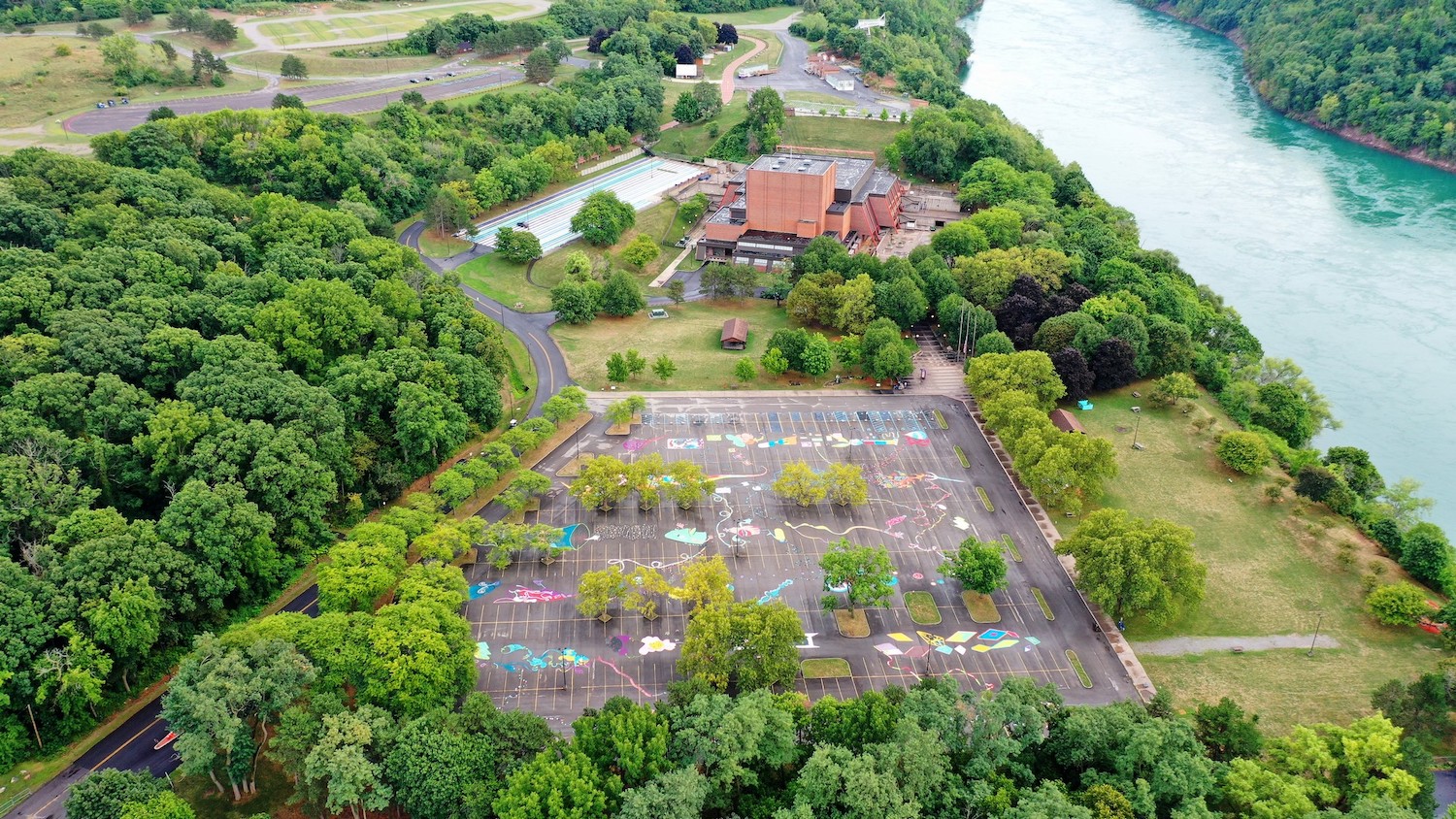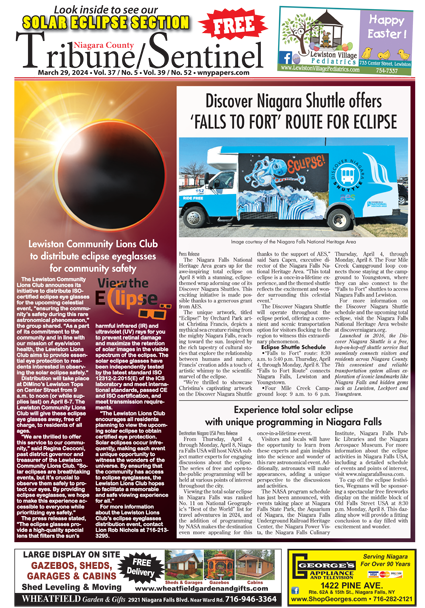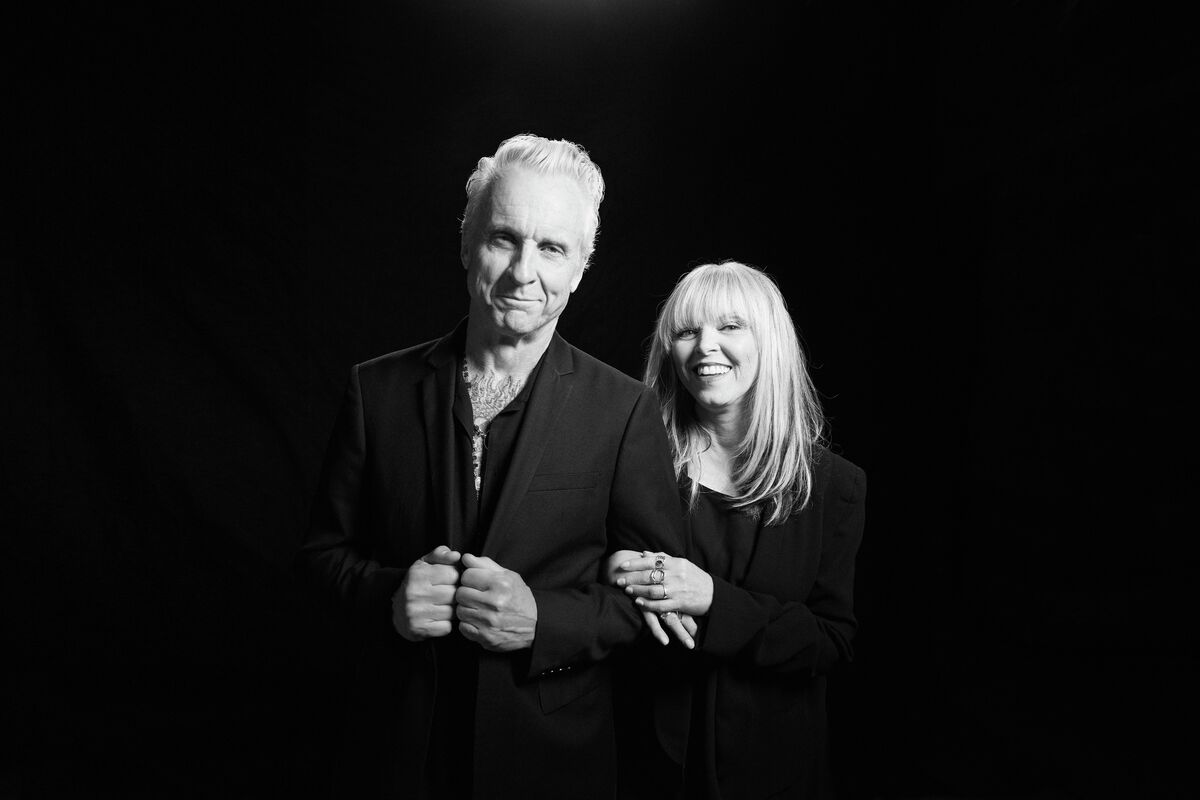Featured News - Current News - Archived News - News Categories
By the University at Buffalo
When Michael Napier was a student at Canisius High School in Buffalo, he spent 10 days sleeping in a tent on the roof of a homeless shelter in Los Angeles’ Skid Row, interacting with, learning about and assisting homeless individuals there as part of an outreach program.
“It was an incredible, perspective-shifting experience that will forever play a role in how I view the world,” says Napier, who graduated from the University at Buffalo in May with a degree in architecture.
That experience was also one of the reasons Napier was so passionate about the project students worked on during a spring semester senior practicum taught by Brad Wales in UB’s School of Architecture and Planning.
The class designed prototypes and then developed them to permit-ready construction documents for three tiny homes that will be built for people experiencing homelessness in Syracuse. Construction began last week with a groundbreaking ceremony; the homes are expected to be completed by June 2023.
Wales, a clinical assistant professor in the department of architecture, has engaged his UB students in dozens of course projects over the past 21 years as part of a design-build program he created called the Small Built Works Project, an experimental effort that has frequently used the City of Buffalo as its laboratory. Small Built Works has secured nine building permits to develop and install public benefit projects with community groups throughout Buffalo.
Since 2017, Small Built Works has focused on affordable houses and housing as part of the School of Architecture and Planning’s Affordable Housing Initiative. The first house designed in this effort was 91 Fuller Ave., in the City of Tonawanda, working with Buffalo’s Land Bank (the Buffalo Niagara Erie Land Improvement Corp.), and completed in 2020.
Partnering with A Tiny Home for Good
For his course this spring, Wales partnered with Andrew Lunetta, founder and executive director of A Tiny Home for Good, a Syracuse nonprofit organization that builds quality homes on vacant lots and renovates derelict properties in the City of Syracuse. Each unit is then rented to one individual who has faced homelessness.
Wales connected with A Tiny Home for Good through his wife, Beth Elkins Wales, who is from Syracuse and whose father, architect Bill Elkins, serves on the organization’s board. Lunetta was thrilled about the support.
“Our organization is usually on such a time crunch. Our goal is to build houses fast for as many people in need in Syracuse,” Lunetta says. “That a group of students spent so much time, a whole semester, thinking about how we can build better homes – it was a game-changer.”
Students worked in teams to design five 360-square-foot tiny home prototypes, three of which will be built on Rich Street in Syracuse, a quiet neighborhood located across from a park and close by A Tiny Home for Good’s headquarters, where materials are stored.
Bringing prototypes to building permit-ready status is no small feat. Doing so for three prototypes over a three-month period is even more impressive, says Wales, whose other projects as part of Small Built Works have included pocket parks, the video towers at the Burchfield Penney Art Center, and the original concept and greenhouse detailing for the net-zero GRoW Home, for which UB won second place in the 2015 U.S. Department of Energy-sponsored Solar Decathlon.
“It was a lot of work, and the students have been great,” Wales says. “It’s often difficult to get students to draw drawings to the point of being permit ready, but this class absolutely rose to the occasion.”
Since each of the 14 students in the course was already a senior, they’ll be able to quickly apply these skills in their new careers.
“We did the type of stuff most of them will get into during their first year working at a firm,” Wales says.
The work was intense and, due to the small nature of the tiny homes, required some ingenuity. “It was like solving a 3-D jigsaw puzzle” at times, Napier says
For Lauren Herran, a first-generation college student who also just received her bachelor’s in architecture from UB, the class helped her elevate her technical drawing skills and knowledge of the construction process.
The pressure of having to produce something that was actually going to be built soon, and do so in such a short time, made the course even tougher, Herran says.
“We all had to work pretty hard to get our design finalized and make sure that we were producing finished drawings,” Herran says.
Plus, she adds, each team’s design had to account for the unique needs of people who had previously experienced homelessness.
“It was important that all three designs needed to benefit the users and make sure that they brought them a feeling of security and privacy, but also allowed for them to have their own space in which they could have healthy interactions with their neighbors,” says Herran, whose interest in architecture arose from her desire to help marginalized groups. “This project gave me some first-hand experience of how I can put this into practice.”
Grateful for Opportunity
The impact of their efforts certainly is not lost on the students.
“Misfortune can beset anyone at any point in time,” Napier says. “Worldly belongings can be wiped away, addiction can cripple, and disease can destroy any one of us. To be in a position in life where we can design a space for someone who doesn’t have one to call their own is an opportunity not to be taken for granted.”
Herran shared a similar sentiment.
“I knew that we wouldn’t be able to help everyone, but it was an honor to know that I would be helping at least one individual,” she says. “I will forever be grateful for the knowledge that I’ve gained and the opportunity to help tackle homelessness through design.”
Lunetta says he and A Tiny Home for Good are incredibly appreciative of the students’ and Wales’ time and expertise.
“We have a massive waiting list and there’s someone in a shelter who needs assistance right now,” he says. “There were probably 100 other projects Brad and his class could have done, but they decided to work with us. And I think our organization will be better off for it, and the tenants who will call these home will be better for it.”





























